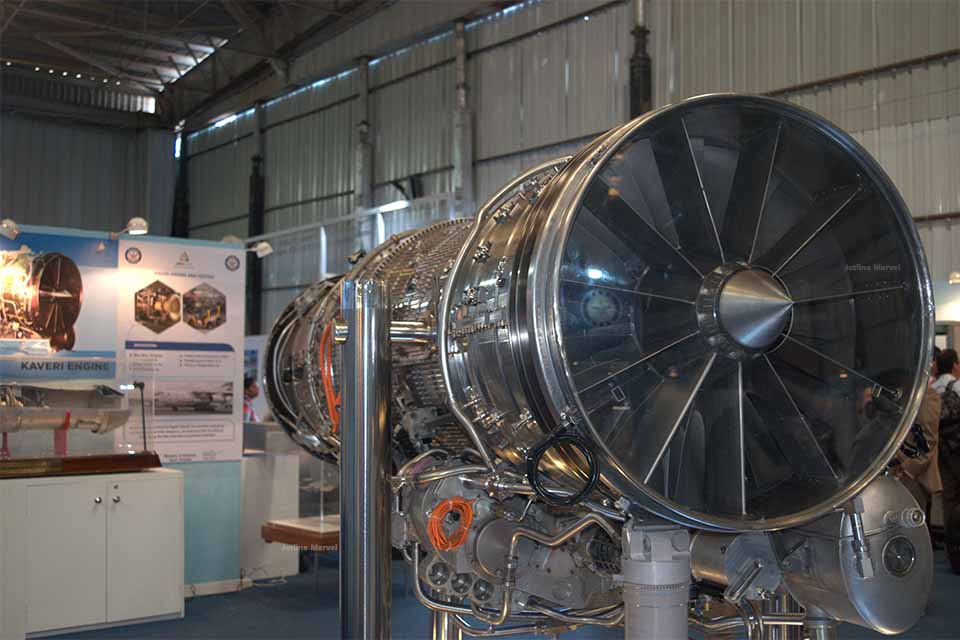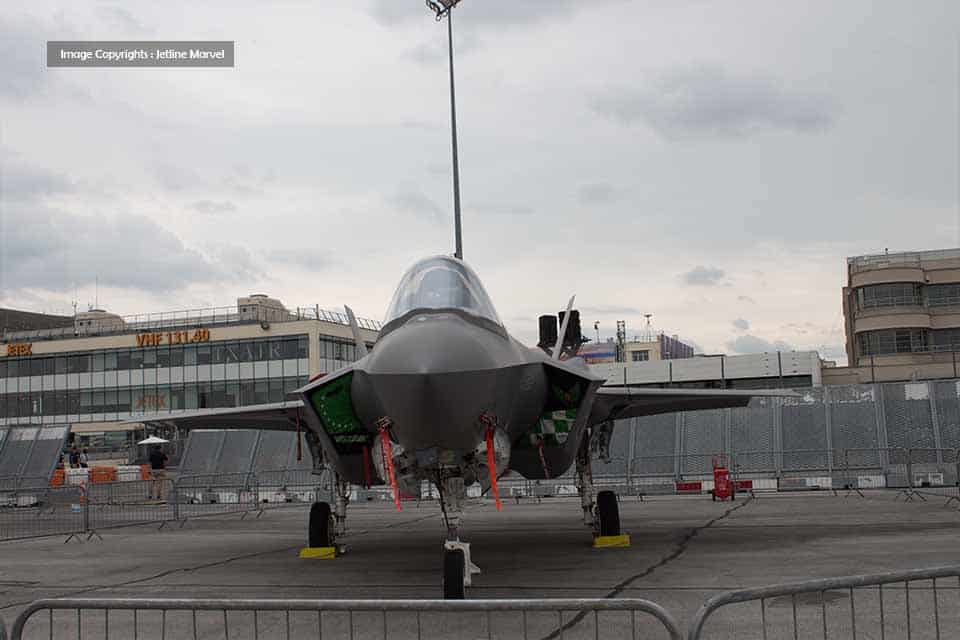Aviation
India Edges Closer to Indigenous Jet Power : Kaveri Engine Development

India has been clinging to hopes for the Kaveri engine for the past three decades, a project spearheaded by the Gas Turbine Research Establishment (GTRE). Now, the engine is gaining momentum with a wide array of technical support to push it toward completion.
India’s long-standing ambition to develop a domestically produced jet engine may soon reach a critical milestone. GTRE is preparing to demonstrate the indigenous Kaveri engine on an LCA-Tejas Trainer aircraft within the next three years. This demonstration could finally bring an end to nearly three decades of development and present a powerful alternative to the current engines powering the Tejas Mk1A.
The Kaveri engine program, initiated by the Defence Research and Development Organisation (DRDO) under GTRE, has encountered numerous challenges and delays since its inception. However, recent advancements have rekindled optimism. The goal is to achieve 81-83kN of thrust during these demonstration flights, which could make the Kaveri engine a suitable option for the second batch of Tejas Mk1A fighters.
The engine’s future performance remains uncertain, as it must be rigorously tested on a reliable platform to measure its success. It has demonstrated the capability to produce 49-51kN of dry thrust, and GTRE has also begun work on a new generation afterburner designed to generate nearly 30kN of thrust in wet mode, when afterburners are engaged.
One of the engine’s key features is its resilience in both high-humidity and dry conditions, ensuring consistent performance. This characteristic is particularly crucial compared to the GE F404 engine, which, despite generating 84kN of thrust, can lose 7-8% of its power in such conditions. In contrast, the Kaveri engine, maintaining its 80kN thrust, could potentially outperform the GE F404, which might drop below 79kN in similar environments.
If successful, the development of the Kaveri engine would mark a groundbreaking achievement for India. Meeting the required standards could position the Kaveri engine as a viable alternative to imported engines, significantly bolstering India’s self-reliance in defense technology.
The upcoming demonstration flights will need to address challenges related to engine integration, performance under various operational conditions, and long-term reliability. However, a successful demonstration could be a pivotal moment, paving the way for the Kaveri engine’s inclusion in future batches of the Tejas Mk1A and potentially other indigenous aircraft programs.

Aviation
Why Elon Musk Believes the F-35 Stealth Jet Is Obsolete – Here’s Why

Elon Musk, the tech billionaire known for his innovative thinking, has set his sights on the U.S. Air Force’s F-35 fighter jets, calling them “obsolete” and unfit for modern warfare.
In a series of posts on his social media platform X (formerly known as Twitter), Musk has argued that fighter jets, particularly the F-35, are outdated in an era dominated by drones and AI-driven combat systems. His remarks, which have ignited intense debate, suggest that the U.S. military should shift focus toward low-cost, unmanned aerial systems (UAS) rather than continuing to invest in expensive, manned jets.
Musk’s blunt criticism, which led to a 3% drop in Lockheed Martin’s stock, isn’t just a swipe at one military program—it’s part of his broader vision for the future of warfare. According to Musk, drones are the way forward, offering cost-effective, flexible, and increasingly autonomous platforms that can outperform traditional fighter jets in modern combat scenarios.
Drones: The Future of Warfare
Musk has consistently championed the development of remote-piloted combat systems over traditional fighter jets, claiming that the days of manned aircraft are numbered. He highlights the rise of drone warfare as a pivotal shift in military strategy.
Drones, Musk believes, not only offer a more cost-effective approach to air combat, but they also allow for greater speed in innovation. His argument is simple—drones are cheaper, safer, and capable of performing coordinated missions with minimal human oversight.
In contrast to the F-35’s $80 million price tag, small drones used in the Russia-Ukraine conflict have cost anywhere from $10,000 to $50,000 each. Musk suggests that, given the escalating costs and complexity of traditional fighter jets, drones provide a much better return on investment. By removing the human element, drones eliminate the risks faced by pilots and allow for large-scale, swarming operations that can overwhelm traditional defense systems.
The F-35 program, one of the most ambitious and costly military projects in history, has long been a target for criticism. Designed as a multi-role stealth fighter, the F-35 was intended to meet a wide range of military needs, from air-to-air combat to precision strikes.
However, the program has been plagued by cost overruns, delays, and technical challenges. Despite these setbacks, the F-35 remains a cornerstone of the U.S. and allied air forces, largely due to its advanced stealth technology, sensors, and interoperability with other defense systems.
Critics, however, argue that the F-35 is over-designed to meet too many requirements, making it an unnecessarily complex and expensive system.
Musk’s Vision for the Future
Musk’s call to replace piloted fighter jets with AI-driven drones isn’t just about cutting costs—it’s about rethinking the way we approach air combat. With the growing role of Unmanned Aerial Systems (UAS) in conflicts around the world, from reconnaissance to precision strikes, it’s clear that the battlefield is evolving. Drones have already proven their value, offering flexible, highly adaptable solutions that are reshaping military operations.
-

 Aviation2 months ago
Aviation2 months agoMicrosoft Flight Simulator Raises $3 Million to Bring Back the An-225 Mriya
-

 Airlines2 months ago
Airlines2 months agoQatar Citizens Can Travel to the United States Without a Visa
-

 Aviation2 months ago
Aviation2 months agoQatar Airways bans these new Electronic Devices on plane
-

 Defence2 months ago
Defence2 months agoWhich Country Has the Largest Fleet of Fighter Aircraft?
-

 Airlines6 days ago
Airlines6 days agoDAMAC Air: Dubai’s New Luxury Airline Offers Free Flights for Registration
-

 Airport2 months ago
Airport2 months agoWestern Sydney Airport Welcomes Its First Plane After 6 Years of construction
-

 Airlines5 days ago
Airlines5 days agoAir India to Launch aircraft maintenance training institute in Bengaluru
-

 Aviation2 months ago
Aviation2 months agoDid you know ? Once Boeing 747 carried 1088 passenger in 1991








